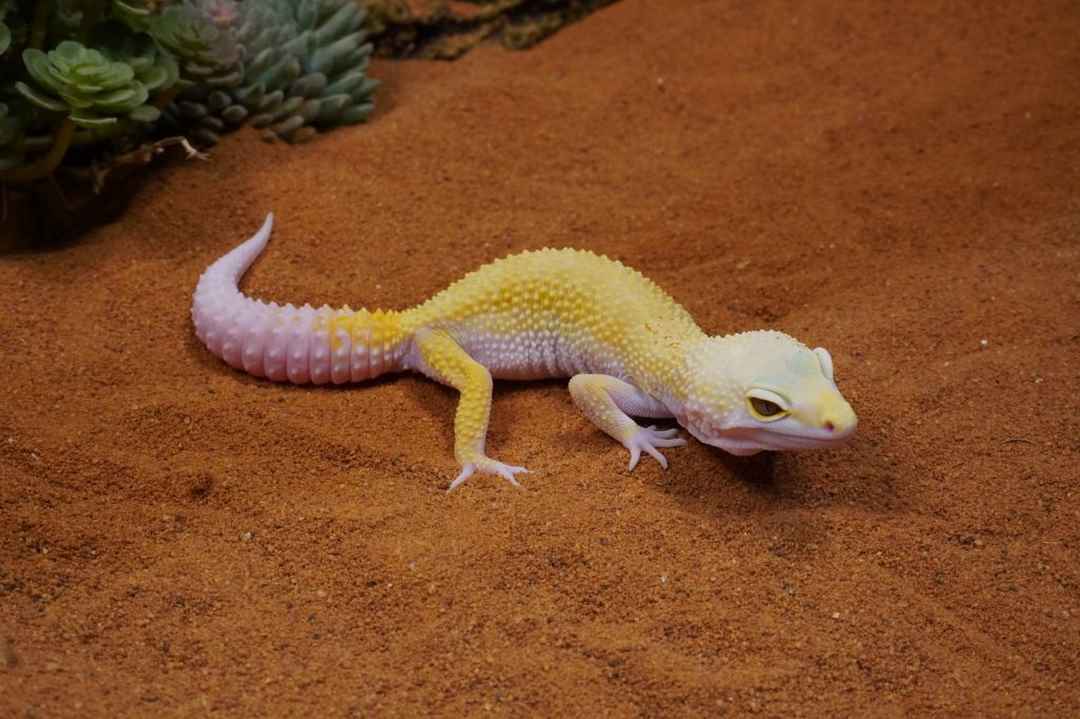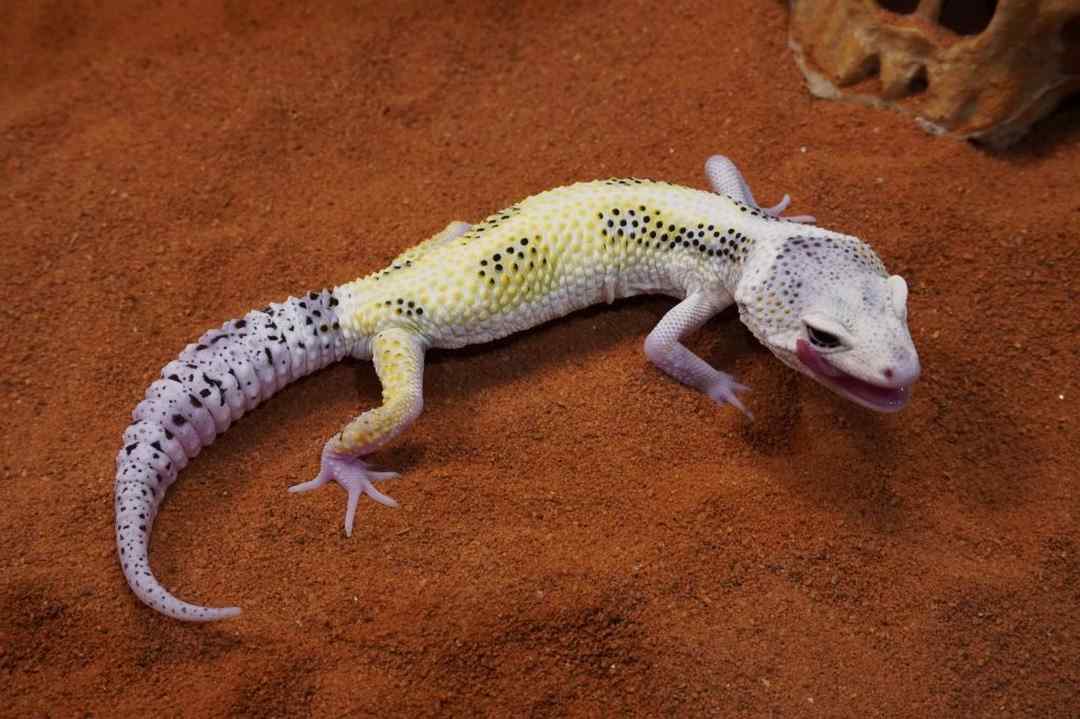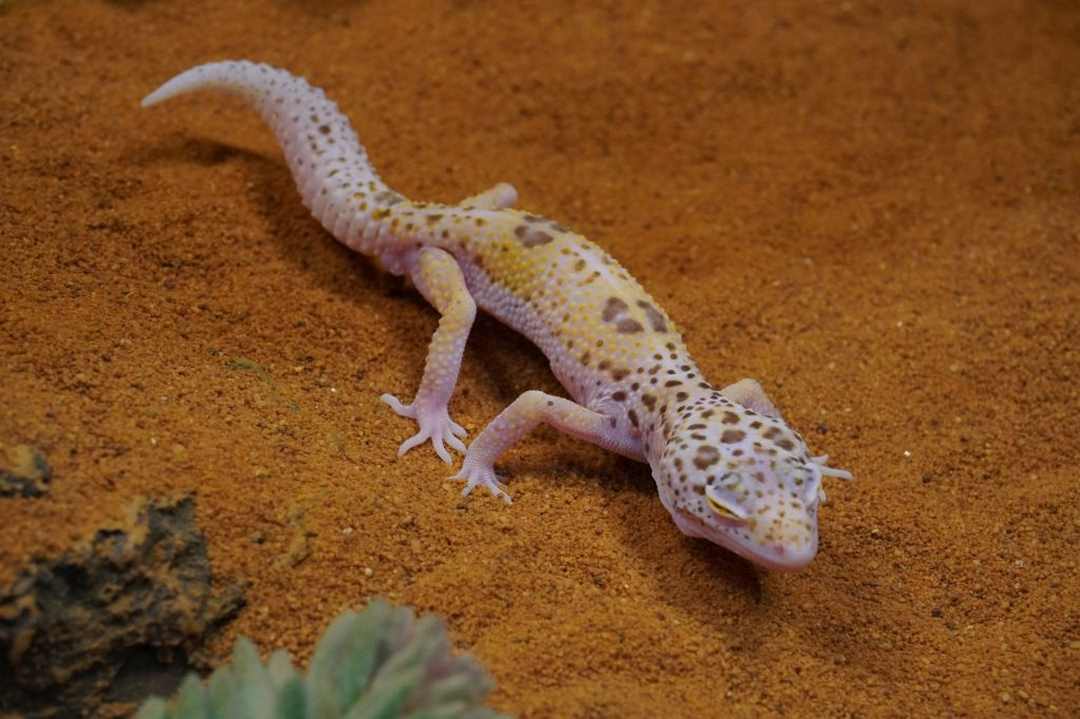The Leopard Geckos, also known as the Leopard Lizard, is a well-loved pet that has been a popular choice in the United States for the past 30 years. Known for their wide range of colors and patterns, these geckos are incredibly easy to care for, making them perfect for reptile enthusiasts of all experience levels, especially those interested in keeping lizards at home.
Leopard Geckos are typically yellow and white, adorned with black spots on their bodies. As hatchlings, they start with black stripes that gradually turn into spots as they mature. Due to their many different color variations and patterns, they are often referred to as “morphs.”
Size and Lifespan
- Scientific Name: Leopard Gecko (Eublepharis macularius)
- Common Name in Vietnam: Thằn lằn da báo (Leopard Lizard)
- Lifespan: Up to 20 years
- Size: 20 – 25 cm, including the tail
Leopard Geckos are nocturnal creatures, meaning they are most active at night. They prefer living on the ground and are easy to tame due to their calm and gentle nature. One unique feature of Leopard Geckos is their eyelids, which most other gecko species lack.
Housing
To keep a Leopard Gecko, you’ll need an enclosure that is at least 45 cm wide, 90 cm long, and 30 cm tall. While decorative setups can enhance the look of the tank, they aren’t essential for Leopard Geckos. If you have an old fish tank, you can repurpose it as a habitat for your gecko.
For heating, a heat mat is sufficient to maintain proper temperatures. Ideal temperatures should be around 31°C during the day and 24°C at night. The enclosure’s humidity level should remain above 20%.
Avoid using sand as a substrate, as Leopard Geckos might ingest it, leading to intestinal blockages. Instead, use absorbent paper, fabric, or reptile carpet for bedding. Wood chips should also be avoided since they can injure the gecko’s feet.
Feeding and Water Leopard Geckos
Leopard Geckos are insectivores, meaning they do not eat plants but rely on insects like crickets, mealworms, and waxworms. Adult geckos can also occasionally eat small mice. It’s important to gut-load the insects (feed them nutritious food) for at least 12 hours before offering them to your gecko. This process ensures that the insects provide better nutrition, which is vital for the gecko’s health.
Supplementing their diet with vitamin D3 and powdered calcium during feedings is also recommended. Baby Leopard Geckos should be fed daily, while adult geckos can be fed every 3 to 4 days.
By following these care guidelines, you can ensure your Leopard Gecko lives a long, healthy, and happy life.





